Bold and brave or exotic tech and ill timed debut on the photography stage? Enter the Sigma DP1, the original Foveon X3 sensor compact camera. Promoted for having an APS-C sized sensor from the DSLR range of Sigma cameras and a purpose specced lens created to maximise it’s promised capabilities. Unique. Exotic. Expensive.
There’s been much written and, in some cases ridiculed, about the the usability of this odd little camera. Criticism ranges from slow (glacial in many an action photographers eyes) write and shooting times, a borderline 2 ISO option (you get 50 and 100 – and the 50 was a firmware update) to restrictions on processing the proprietary .X3F files. Did I mention the low resolution, even for it’s time, LCD display which was your only real option to use the fine focus ability in manual mode (expensive optical viewfinders were and are available).
So why… why consider getting this little black brick with a lens in 2021 to develop as an amateur photographer?
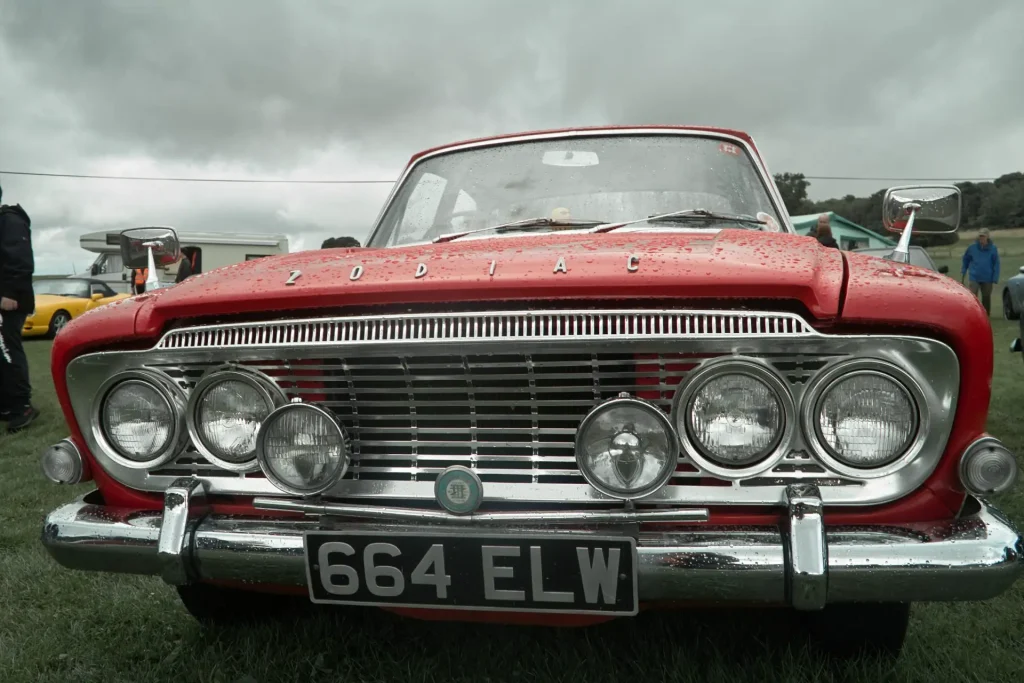
Quality. Like savouring an exquisitely prepared piece of Unagi sushi, to be enjoyed in that moment as it is served, this camera and all it creates has refinement and character that sets it apart even today from its contemporaries. With a light aluminium body, ergonomics that considered one hand operation with an excellent manual focus wheel, there’s plenty to appreciate from this pocket jewel. But, much like sushi, the exquisite presentation presents unique challenges to overcome.
Compose a shot. Get the ISO, shutter speed, aperture all harmonised. You decide to check your actually in focus through the manual zoom…wait, is it buffering as it renders? Why is the sun ghosting my screen? Nope. That’s the mighty 230,000 dot resolution LCD struggling to render what the lens is seeing and having some of the worst contrast for anyone, even 20/20 vision, to decipher. Did I mention it likes to adjust it’s colour on the fly to almost monochrome? Oh it’s a beauty, so much so shooting blind is actually considered a valid way to treat this camera in some circles.
The 28mm full frame equivalent lens has provided me challenges with composition. If, like me, you find a 50mm or even short telephoto (hello 135mm my old friend) focal length more natural, this camera will provide another spike in the learning curve. Stuck with a sharp across the board, yet slow F.4 maximum wide open, it’s never going to keep those shutter speeds fast enough for those of us with human hands or friendly reminders of old age creeping up to take spontaneous low light images.
Quality. Persevere to the end result and be rewarded with all the refinement this high quality tool can show. The first time I saw a Foveon sensor image I was blown away. I’d been shooting with (and still do) a Pentax KS-1, and honestly thought I’d been mislead by the resolution of my little Pentax. These images have a 3D quality that seems to play off the depth of field and makes the image come alive off the screen. Metals in particular are some of this cameras best pairings for a subject matter!
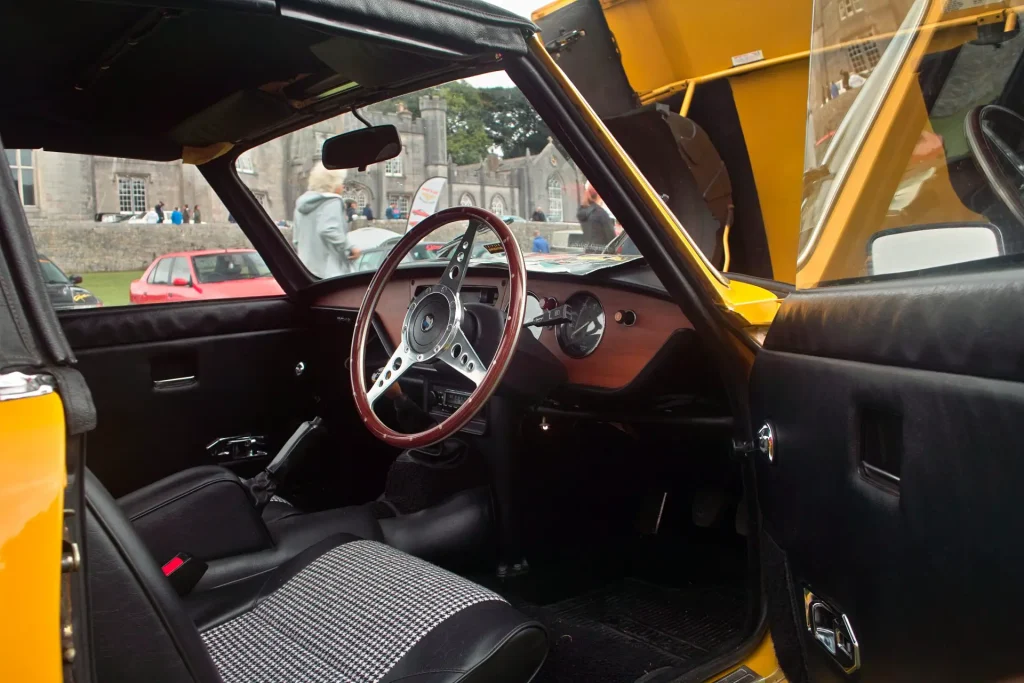
Which leads me to today’s 5 frames. Situated in a valley, overlooked by trees and a stately manor is the 23rd Leighton Hall Classic Car and Bike show, dodging the inclement storms of the Lancashire coast.
For a first show since lock down has been eased, the turn out of a few hundred hardy souls was encouraging, both to me and I’m sure the petrol head fanatics who were displaying their prides and joy.
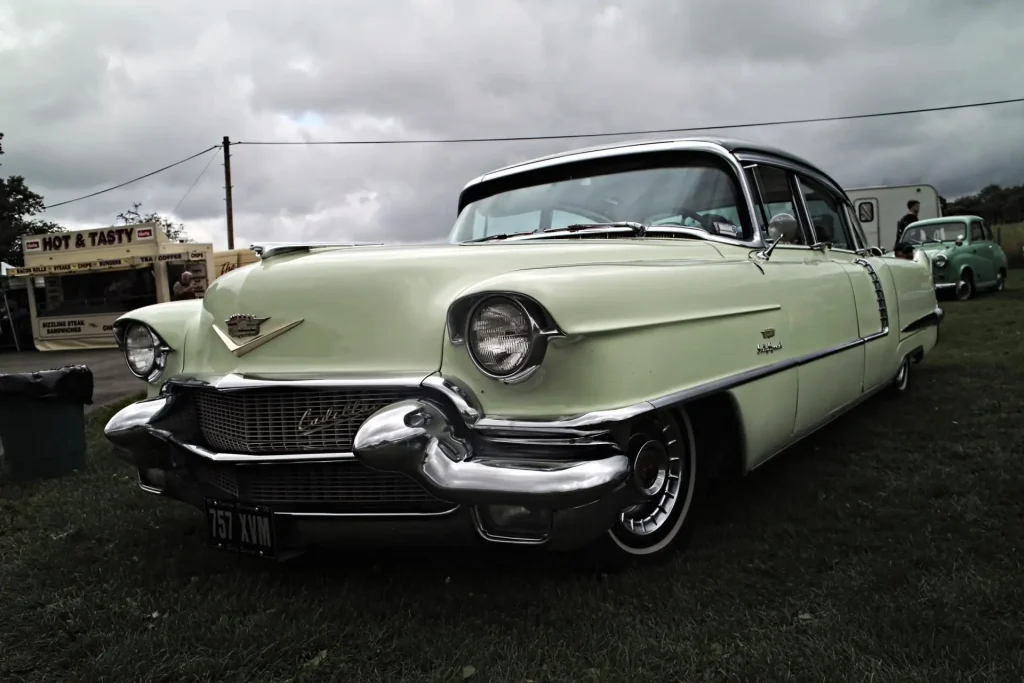
Walking around the relaxed displays, most simply parked with their owners pitched in the cars or on camping seats, a simple question about the car was enough to get tales of romancing their machines back to life and pristine. Old tales to match the old vehicles.
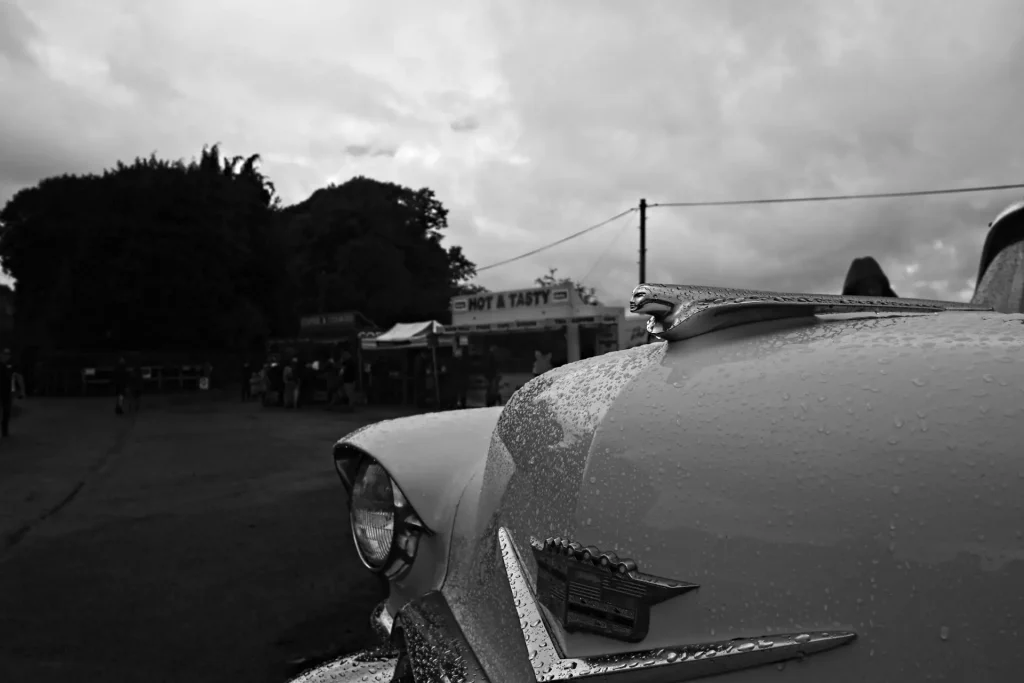
This camera is similar to the subjects. Old, of a time when greater risks were often taken with design and technology, often to interesting and stunning effects. The weather may not have been ideal, but just as the Sigma won’t be hurried, neither will the weather or these cars.
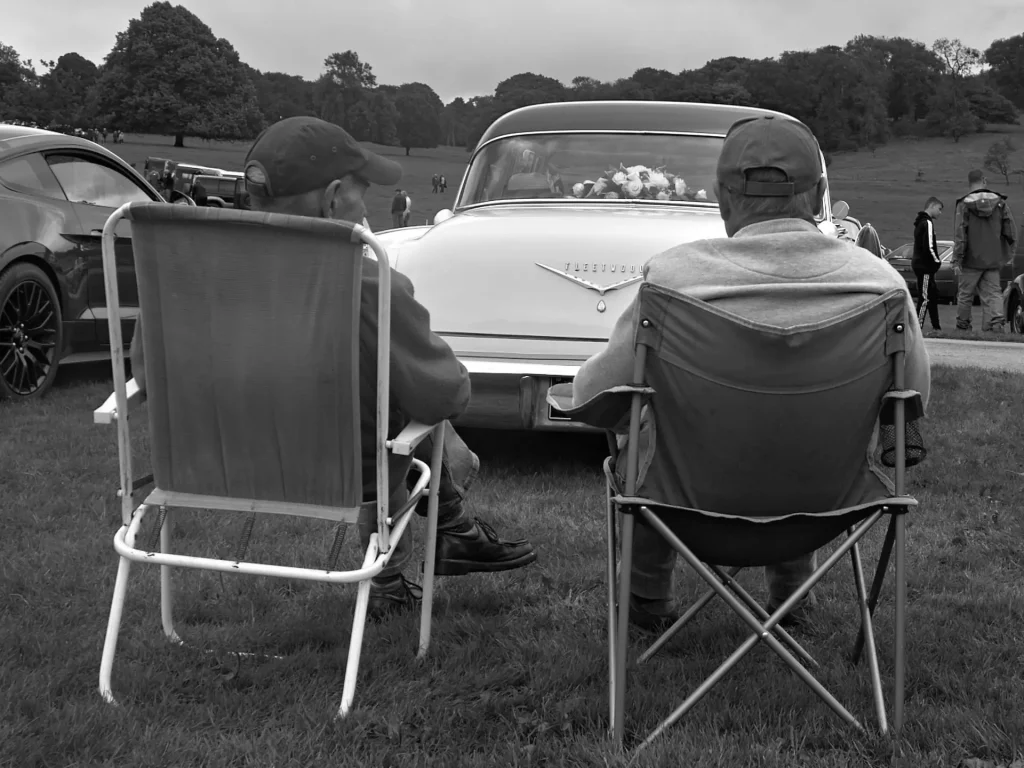
Thanks for taking the time to chill and read this article- be nice to see and hear from you over at my Flickr. Wes.
Share this post:
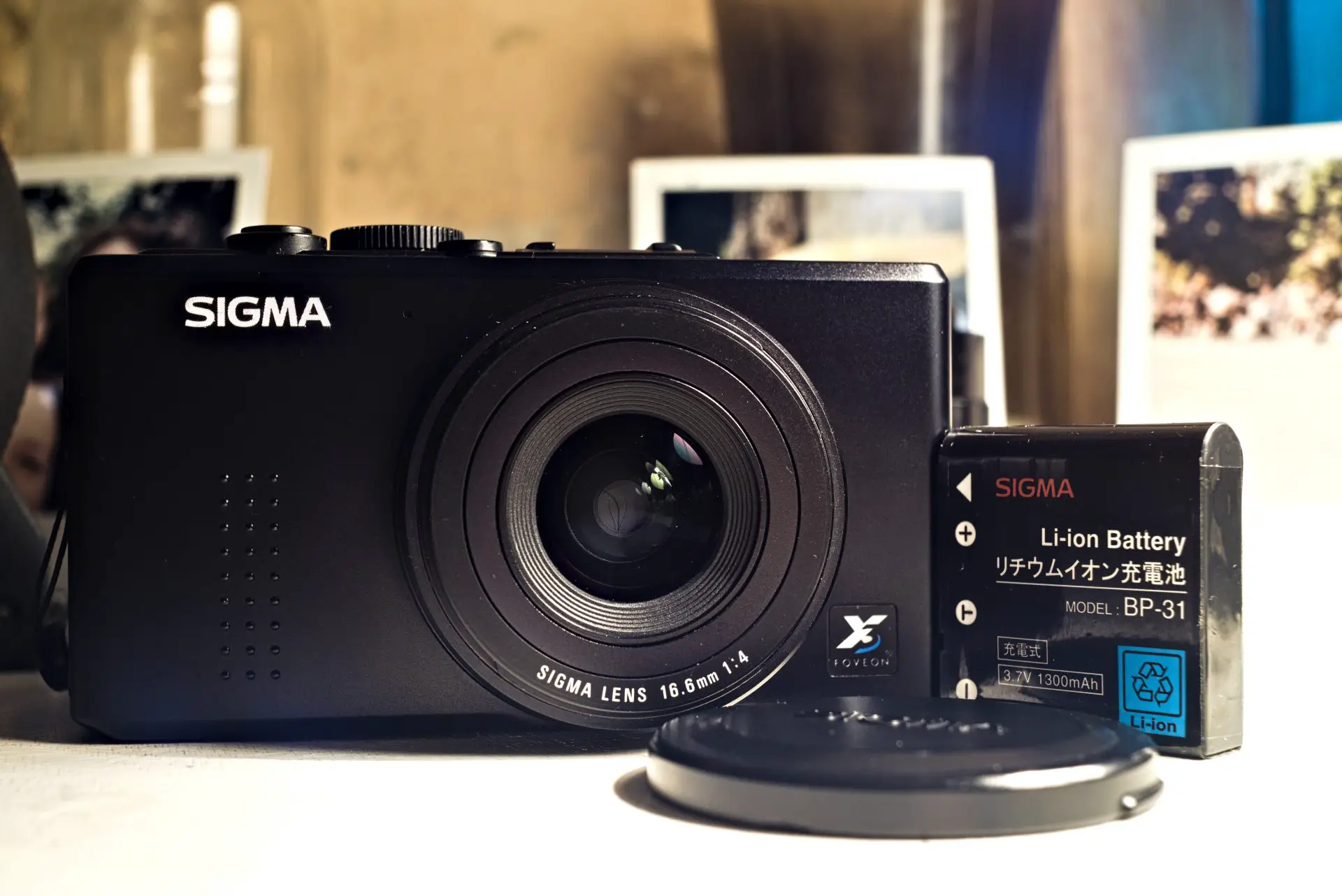








Comments
Manfredi on 5 frames with a Sigma DP1 – Classic Cars and Overcast Skies – By Wes Hall
Comment posted: 26/08/2021
I just bought a Sigma DP2 (the original one) but I can’t really find a post-production flow to get the best of this camera sensor!
What is yours?
Thank you!!
Comment posted: 26/08/2021
Comment posted: 26/08/2021
Comment posted: 26/08/2021
Comment posted: 26/08/2021
Matthew Brown on 5 frames with a Sigma DP1 – Classic Cars and Overcast Skies – By Wes Hall
Comment posted: 26/08/2021
Comment posted: 26/08/2021
Terry B on 5 frames with a Sigma DP1 – Classic Cars and Overcast Skies – By Wes Hall
Comment posted: 26/08/2021
I recalled the dpr review when it came out, which praised its IQ for the time but it had a long list of cons, one of which was its speed, or woeful lack of it. I had been looking for a digital equivalent for my film Ricoh GR1, which accompanied me everywhere with my M6. The DP1 seemed to be the closest match for it, but it was too expensive for me to consider this unique camera.
With the exteremely obvious cons aside, when I eventual owned one I did find it quite a pleasant experience in use, despite the near impossibility of seeing the screen in good light. I thought the application of a focus wheel for manual focusing was a very useful touch, no doubt necessitated by the problem viewing the screen. I also liked how it performed in good old black and white mode. I used one of my old pocket rangefinders in the accessory shoe and used the DP1 like a manual focusing film camera at times. This was particulalrly useful when the subject matter had the sun behind me.
I was surprised at your comment about available ISO settings. You seem to imply that there are only two, 50 and 100, whereas 200, 400, and 800 are available, although 400 is the max you'd ever likely want to use. And with this lens, the bespoke lenshood is very good at minimising flare.
Comment posted: 26/08/2021
Comment posted: 26/08/2021
Comment posted: 26/08/2021
Comment posted: 26/08/2021
Comment posted: 26/08/2021
Kodachromeguy on 5 frames with a Sigma DP1 – Classic Cars and Overcast Skies – By Wes Hall
Comment posted: 26/08/2021
And that amazing Cadillac Fleetwood. Does someone really drive that on roads in Lancashire? It fits? And how much petrol does it eat? I admire the enthusiasm of collectors who have neat stuff.
Comment posted: 26/08/2021
Comment posted: 26/08/2021
Comment posted: 26/08/2021
James Evidon on 5 frames with a Sigma DP1 – Classic Cars and Overcast Skies – By Wes Hall
Comment posted: 26/08/2021
Cultural differences can lead to different conclusions about the same object. I can recall the 60's and 70's where many of us in the U.S. referred to the Detroit behemoths as going through a corner like an elephant on one knee where when we looked to the U.K. and Europe to provide good road behavior and handling, not to mention economy. I won't even talk about parking problems. Now
the old "land yachts" are considered classics. Go figure! As for your images, Foveons at lower ISO's have always looked better than cameras with Bayer or even Fuji X sensors. I can recall being "blown away" by images produced by the original Foveon equipped DSLR's. I am still thinking about getting a Sigma SD Quattro w/ aSigma Art 30mm lens at the right price. It's not an everyman's camera for all situations, but it looks ideal for landscapes. Nice article, Terry.
Comment posted: 26/08/2021
Roger on 5 frames with a Sigma DP1 – Classic Cars and Overcast Skies – By Wes Hall
Comment posted: 27/08/2021
Comment posted: 27/08/2021